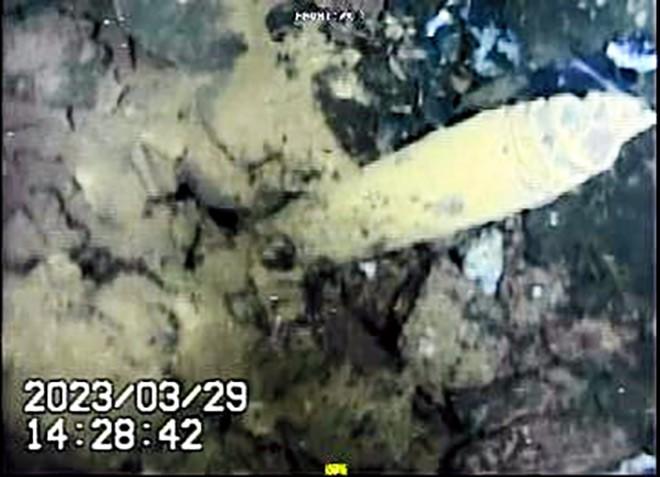In the haunting aftermath of the 2011 Fukushima Daiichi nuclear disaster, a chilling discovery emerges from the silent ruins of reactor units—uranium traces nestled within extracted nuclear fuel debris. As scientific teams meticulously probe the radioactive landscape, their findings reveal radiation levels surging to a staggering 8 millisieverts per hour, casting a stark reminder of the catastrophic event that transformed a peaceful coastal region into an exclusion zone of scientific intrigue and environmental challenge. Recent investigations at the Fukushima Daiichi Nuclear Power Plant have revealed significant findings regarding the extracted nuclear fuel debris. Scientists conducting detailed examinations discovered uranium particles within the complex remnants of the damaged reactor, signaling a critical development in understanding the long-term consequences of the 2011 nuclear disaster.
The radiation levels measured at the site are alarmingly high, reaching approximately 8 millisieverts per hour. This intensity represents a substantial radiation exposure that could pose severe risks to human health and environmental stability. Researchers are meticulously documenting the composition and radioactive characteristics of the fuel debris to assess potential contamination scenarios.
Advanced robotic technologies have been instrumental in accessing and analyzing these hazardous materials, enabling researchers to gather crucial data without exposing human personnel to dangerous radiation levels. The presence of uranium within the extracted debris suggests complex chemical transformations occurred during the nuclear incident, potentially complicating decontamination efforts.
Specialists from multiple international research institutions are collaborating to comprehend the intricate molecular structures and radiation patterns emerging from these findings. The uranium detection provides unprecedented insights into the reactor’s condition and the extensive damage sustained during the catastrophic event.
Environmental monitoring teams continue to track radiation dispersal patterns, evaluating potential long-term implications for surrounding ecosystems and human settlements. The precise measurement of 8 millisieverts per hour underscores the persistent radioactive threat present at the Fukushima site.
Technological innovations in radiation detection and robotic exploration have been critical in enabling these groundbreaking investigations. Specialized equipment designed to withstand extreme radioactive environments allows researchers to penetrate regions previously deemed inaccessible.
The ongoing research represents a significant milestone in understanding nuclear accident aftermath and developing more robust safety protocols for future nuclear energy implementations. Each discovery contributes to a comprehensive understanding of nuclear material behaviour under extreme circumstances.
International nuclear safety committees are closely reviewing these findings, recognizing the potential global implications of such detailed investigations. The uranium discovery highlights the complex and unpredictable nature of nuclear incidents, emphasizing the need for continuous monitoring and advanced scientific intervention.
As research progresses, scientists remain committed to unraveling the intricate radioactive landscape of the Fukushima site, hoping to extract valuable knowledge that could prevent similar catastrophes and improve nuclear safety standards worldwide.








![Hertz Is So Desperate To Unload Tesla Inventory It’s Asking Customers If They Just Want To Keep Their Rentals [UPDATE]](https://scriptori.com/wp-content/uploads/2024/12/83053-hertz-is-so-desperate-to-unload-tesla-inventory-its-asking-customers-if-they-just-want-to-keep-their-rentals-update-300x178.jpg)
